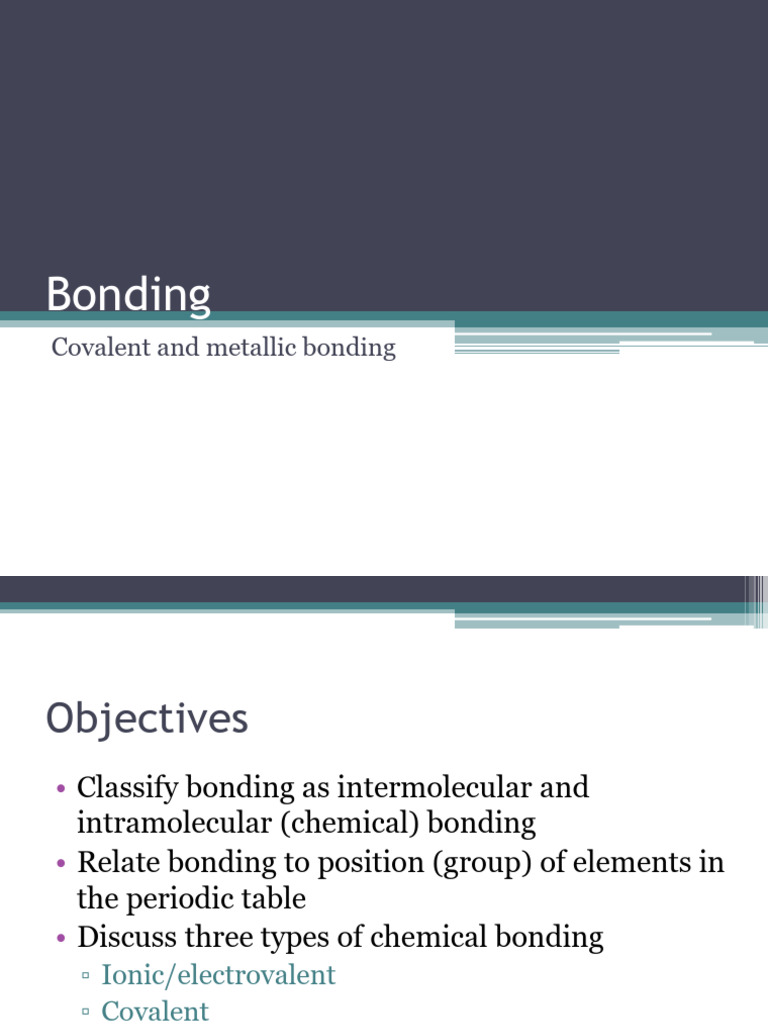Atomic bonding is a fundamental concept in the field of chemistry and materials science, serving as the framework for understanding how atoms interact to form molecules and solids. The nature of atomic bonds dictates the physical and chemical properties of materials, influencing everything from conductivity to melting points. This article delves into the various types of atomic bonding, elucidating the distinctions and applications of each bonding type. By grasping these concepts, one gains insights into the diverse behaviors exhibited by substances in different environments.
At its core, there are three primary types of atomic bonding: ionic bonding, covalent bonding, and metallic bonding. Each type is characterized by distinct mechanisms through which atoms combine, determining the resultant material properties. Additionally, one may encounter more complex bond types such as hydrogen bonding and van der Waals interactions, which play crucial roles in molecular interactions and the behavior of more intricate structures.
Ionic Bonding
Ionic bonding arises from the electrostatic attraction between positively and negatively charged ions. This bond typically forms when an atom with a low electronegativity, such as sodium, transfers one or more electrons to an atom with a high electronegativity, like chlorine. The resultant sodium ion (Na+) and chloride ion (Cl–) are held together by the strong electrostatic force, leading to the formation of ionic compounds, such as sodium chloride (NaCl).
The properties of ionic compounds are particularly notable. They generally exhibit high melting and boiling points due to the robust ionic lattice that requires substantial energy to break apart. Additionally, these compounds tend to be soluble in polar solvents like water, allowing them to dissociate into their constituent ions, which further facilitates electrical conductivity in solution.
Covalent Bonding
Covalent bonding, in contrast to ionic bonding, is characterized by the sharing of electron pairs between atoms. This type of bond typically occurs among nonmetal elements with similar electronegativities, resulting in the formation of molecules. A quintessential example is the hydrogen molecule (H2), wherein two hydrogen atoms share a pair of electrons.
There are variations within covalent bonding, categorized as either nonpolar or polar covalent bonds. Nonpolar covalent bonds occur when two identical nonmetals share electrons equally, while polar covalent bonds arise when there is a significant difference in electronegativity between the bonded atoms, leading to an uneven distribution of electron density. The dipole moment generated by this unevenness is critical in determining the physical properties of the compounds formed, such as solubility and boiling points.
In addition to these basics, covalent bonding can lead to complex structures, including networks that greatly enhance material properties. Diamond, for example, is an allotrope of carbon where each carbon atom forms four covalent bonds in a tetrahedral configuration, resulting in an exceptionally hard material with high thermal conductivity.
Metallic Bonding
Metallic bonding is another fundamental type of atomic bonding unique to metals. In this form of bonding, electrons are not bound to any specific atom but instead exist in a “sea of electrons” that are delocalized over a lattice of metal cations. This structure confers several characteristic properties to metals, such as malleability, ductility, and electrical conductivity.
The sea of electrons enables metals to conduct electricity efficiently, as electrons can move freely throughout the lattice. Furthermore, when force is applied, the metallic bonds can bend rather than break, allowing metals to be shaped into various forms without fracturing. This property is particularly advantageous in industrial applications, facilitating processes such as metalworking and alloy creation.
Hydrogen Bonding
Though not classified as a primary bond type, hydrogen bonding is a critical interaction that significantly influences the behavior of molecules, especially in biological systems. A hydrogen bond occurs when a hydrogen atom covalently bound to a highly electronegative atom (like oxygen or nitrogen) experiences attraction to the partial negative charge of another electronegative atom in a nearby molecule.
Hydrogen bonds play a crucial role in the properties of water, such as its high surface tension and specific heat capacity. Additionally, they are pivotal in stabilizing the secondary and tertiary structures of proteins and the base pairing in DNA, underscoring their importance in biological chemistry.
Van der Waals Forces
Another critical type of interaction, albeit weaker than hydrogen bonds, is van der Waals forces. These interactions arise from transient dipoles that occur as electrons move around the nuclei of atoms. Although generally weak, van der Waals forces are pivotal in understanding the behavior of nonpolar molecules and contribute to phenomena such as the condensation of gases and the various physical states of matter.
Overall, the types of atomic bonding—ionic, covalent, metallic, hydrogen bonding, and van der Waals forces—provide a comprehensive framework for deciphering the intricate relationships between atomic interactions and material properties. Understanding these bonding types not only enriches the study of chemistry but also enhances interdisciplinary applications in fields such as pharmacology, materials science, and nanotechnology.
Through the exploration of these various bonds, one can appreciate the delicate balance of forces that govern the macroscopic properties of substances and the critical role that atomic bonding plays in the intricate web of matter that composes our physical world.












